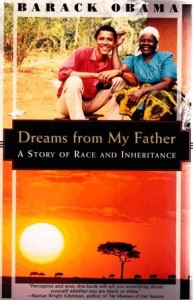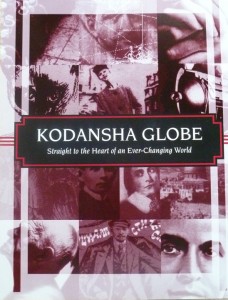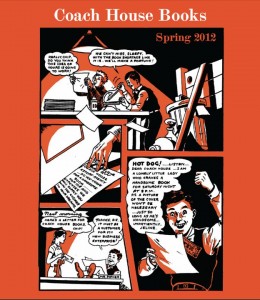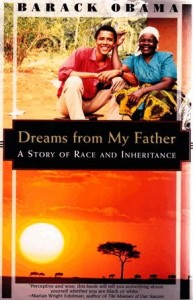 As some of my book biz friends know, in the 90s I had a good long tenure as an editorial executive with Kodansha America, the NY office of the largest Japanese publisher. Although we published some Asian-oriented titles, it was a mostly U.S. list with such books as the national bestseller al bestseller Having Our Say, by the centenarian Delaney sisters, and A Diary of the Century:Tales From American’s Great Diarist by Edward Robb Ellis, which sold well and got lots of coverage, including a rare hat trick when the author appeared on all three network morning shows the week of publication. I just blogged about Eddie a few weeks ago, on the anniversary of what would have been his 101st birthday.
As some of my book biz friends know, in the 90s I had a good long tenure as an editorial executive with Kodansha America, the NY office of the largest Japanese publisher. Although we published some Asian-oriented titles, it was a mostly U.S. list with such books as the national bestseller al bestseller Having Our Say, by the centenarian Delaney sisters, and A Diary of the Century:Tales From American’s Great Diarist by Edward Robb Ellis, which sold well and got lots of coverage, including a rare hat trick when the author appeared on all three network morning shows the week of publication. I just blogged about Eddie a few weeks ago, on the anniversary of what would have been his 101st birthday.
During my five years with Kodansha, I also started a trade paperback series that in some ways anticipated the fine list published nowadays by the New York Review of Books Classics imprint. Kodansha Globe combined titles in cross-cultural studies, anthropology, natural history, adventure, narrative travel and belle lettres. I developed the program with my astute and affable Japanese boss Minato Asakawa, with valuable contributions from talented editorial colleagues Paul DeAngelis–who introduced me to the work of Owen Lattimore, whose 1950 anti-McCarthyite broadside Ordeal by Slander I would republish in 2003–and Deborah Baker, about whom I’ll say more below. By the time I left Kodansha in 1997 we had published more than ninety Globe titles, including the first paperback edition of Barack Obama’s debut book Dreams From My Father
The Globe list included revivals of notable books that had fallen out of print: Man Meets Dog, on the origins of the human-canine bond, by Konrad Lorenz, Alone, a harrowing account of survival near the South Pole, by Admiral Richard Byrd, Blackberry Winter, the youthful memoir of Margaret Mead, and All Aboard with E.M. Frimbo, a classic of train culture by New Yorker stalwarts Rogers E.M. Whitaker and Tony Hiss; originals like Sarajevo, Exodus of a City, a biography of the besieged city by Bosnian playwright Dzevad Karahasan, which the Voice Literary Supplement made a year-end best book during the Balkan Wars; and reprints of current hardcovers from major houses like Peter Canby’s The Heart of the Sky, on the resilience of Mayan culture in the Americas and Alex Shoumatoff’s The Mountain of Names, chronicling the history of human kinship and genealogy, which before dying last year Christopher Hitchens made the springboard for one his last columns. We also developed a strong list in books on Central Asia, including four books by the master chronicler of the region, Peter Hopkirk, whose The Great Game: The Struggle for Empire in Central Asia was the top-selling Globe title. // more w/illustrations . . .
// more w/illustrations . . .








